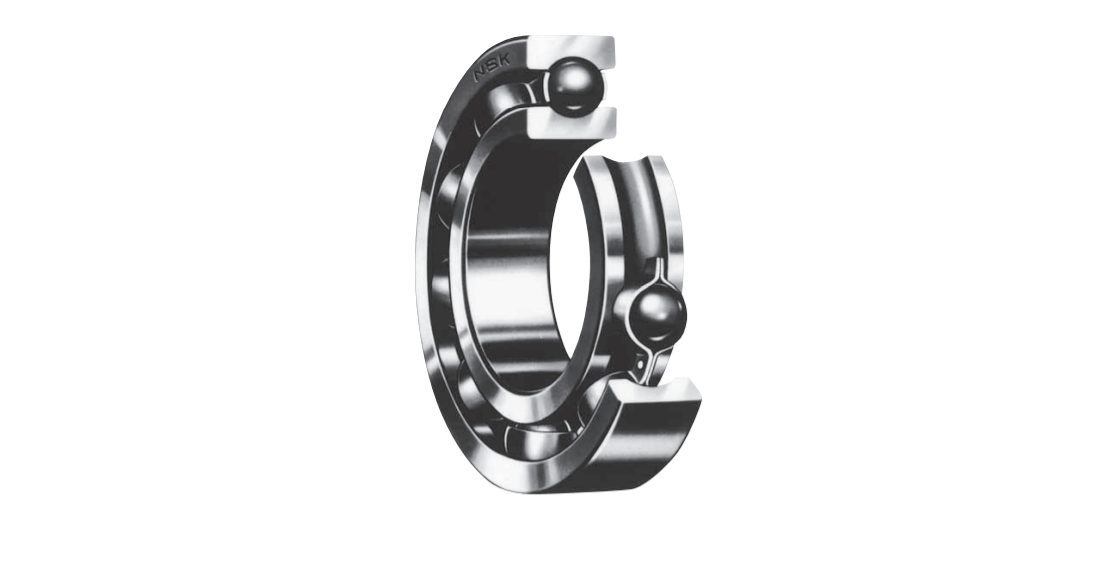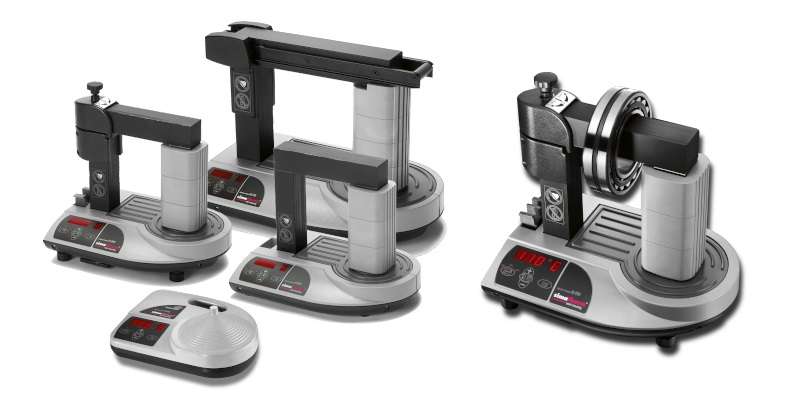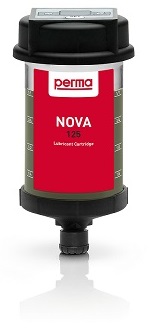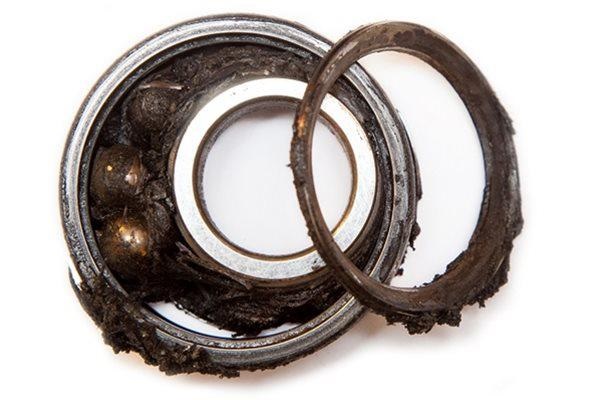What is Induction Heating and How Does it Work

Induction heating is a process where electrically conductive material is heated when it's placed within a dynamic magnetic field without touching the inductor. It is a simple and cost-effective heating process that delivers fast and consistent heat when compared to other conventional heating processes used for preheating and stress-relieving welds. Heat is generated by circulating electric current as it is placed on the magnetic field(electromagnetic induction). To develop heat, the resistance of the material must be low(metals) and the voltage must be high. For example, metals with high resistance like iron will heat up much faster than low-resistance metals like copper.
Heat is generated through resistance losses and hysteresis losses when the induced electrical current flows. Hysteresis losses mainly occur in ferromagnetic materials when they are magnetized and demagnetized.
Induction heating is mostly used in industrial processes when manufacturers want to change the physical properties of metals(bonding, hardening, and softening). During the induction heating process, there are no residual combustion emissions because metals are not heated with fire and smoke. Also, the rate of heat transfer is regulated and steady during the process with minimum heat loss. Unlike traditional heating processes(flame, resistance heating...), induction heating is easy to set up, fast time to temperature, safer, and also it is more efficient, accurate, and uniform.
How does Induction Heating work
We discussed in the paragraph above what’s induction heating, now let's talk about how induction heating works. When electrical current flows through a copper conductor, it produces a magnetic field around the conductor. The direction of the electric field depends on the direction of the electrical current using the right-hand thumb rule.
The more current that passes through the conductor, the bigger and stronger the magnetic field will be around the conductor. When the electrical current flow in the conductor is changed to the opposite direction, also the magnetic field changes. Passing an alternating magnetic field through a conductive material generates localized electrical currents within the metal. The generated electrical currents are called Eddy currents. The stronger the magnetic field, the more Eddy currents are generated.
Metals have a certain amount of electrical resistance, and the Eddy currents circulate against the resistance of the metal which causes the metals to heat up. This process is called Joule heating, and it is responsible for the generation of most of the heat.
The electrical resistance of the conductive material that is being heated, plays a major role in the heat that is generated. For example, metals with a low resistance value require more Eddy currents to heat than metals with a high resistance value. While heating ferrous materials, hysteresis losses should be taken into consideration. This occurs due to the material's resistance to a changing magnetic field. Hysteresis losses generate less heat than Joule heating but still significantly contribute to the total heat within the material.
Also, the magnetic properties of the conductive material that's being heated play a big role in the amount of heat that is generated. For example, magnetic materials such as iron generate more heat due to hysteresis losses, while non-magnetic materials like copper or aluminum won't generate any heat due to hysteresis.
Eddy currents produce heat at the surface of the part which is directly next to the heating coil. The heating depth is determined by how fast the alternating field switches back and forth through the material. The remainder of the part's thickness is heated from conduction from the part.
Components of Induction Heaters
An induction heater consists of 4 main parts:
- Induction heating coil
- Workpiece
- Power supply
- Component circuit
Different Induction Heaters are available on our website:
- Portable Induction Heaters
- Yoke Style Heaters
- Precision Handheld Heaters
- Induction Heating Generators
- Betex Cone Heaters
Also, you can check our Youtube channel to watch how various induction heaters function and are applicable.
HISTORY OF INDUCTION HEATERS
Michael Faraday was the first to discover induction heating in 1831 using a battery and two copper wires wrapped around an iron core. However, the first time it was implemented with success was around 100 years later, in the year 1927 in England, where the first induction melting system had been installed by EFCO. With the need for a reliable and fast process to manufacture metals for engine parts during the second world war, the technology of induction heating advanced swiftly. As the focus shifted toward lean manufacturing and enhanced quality control, the technology of induction heating was rediscovered with the development of controlled induction power supplies.
Check out our post What Are The Benefits of Bearing Induction Heaters?
Feel free to Contact Us if you have any questions, need more information or if you are interested in purchasing an induction heater.
HVH Industrial is an authorized distributor of BEGA Special Tools and Simatec. We work closely with their engineering teams to provide superior customer service and support.





